Sophora japonica
Sophora japonica
1. The products in our compound library are selected from thousands of unique natural products; 2. It has the characteristics of diverse structure, diverse sources and wide coverage of activities; 3. Provide information on the activity of products from major journals, patents and research reports around the world, providing theoretical direction and research basis for further research and screening; 4. Free combination according to the type, source, target and disease of natural product; 5. The compound powder is placed in a covered tube and then discharged into a 10 x 10 cryostat; 6. Transport in ice pack or dry ice pack. Please store it at -20 °C as soon as possible after receiving the product, and use it as soon as possible after opening.
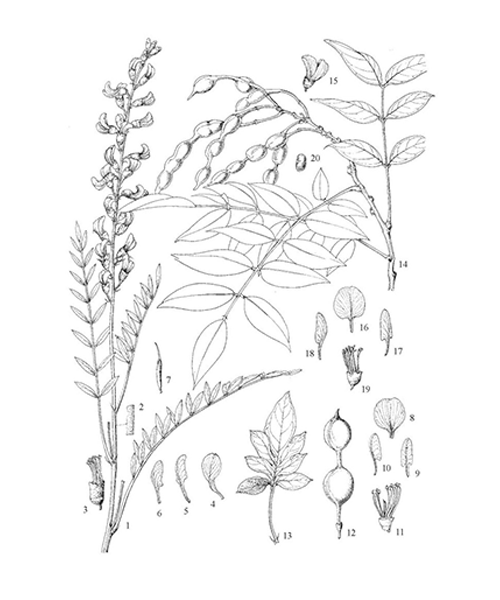
Natural products/compounds from Sophora japonica
- Cat.No. Product Name CAS Number COA
-
BCC8952
Docosanoic acid112-85-6
Instructions

-
BCN2294
Sophoricoside152-95-4
Instructions

-
BCN1684
Rutin153-18-4
Instructions
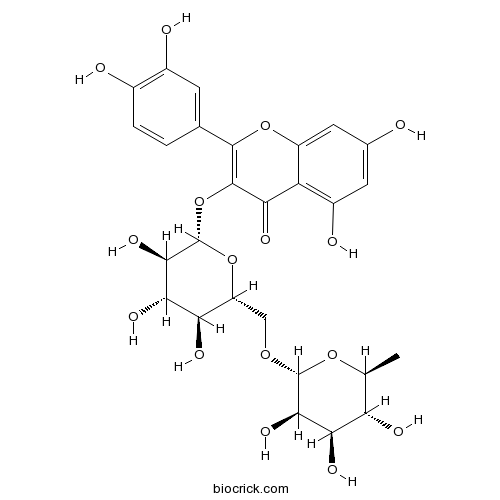
-
BCN3336
Kaempferol 3-O-beta-sophoroside19895-95-5
Instructions

-
BCN7838
Sophorabioside2945-88-2
Instructions

-
BCN7835
Genistein 7,4'-di-O-beta-D-glucopyranoside36190-98-4
Instructions
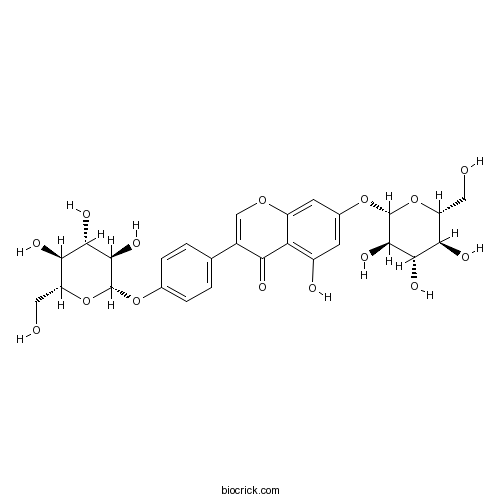
-
BCN5499
Genistein446-72-0
Instructions

-
BCN5590
Daidzein486-66-8
Instructions

-
BCN5653
Kaempferol520-18-3
Instructions
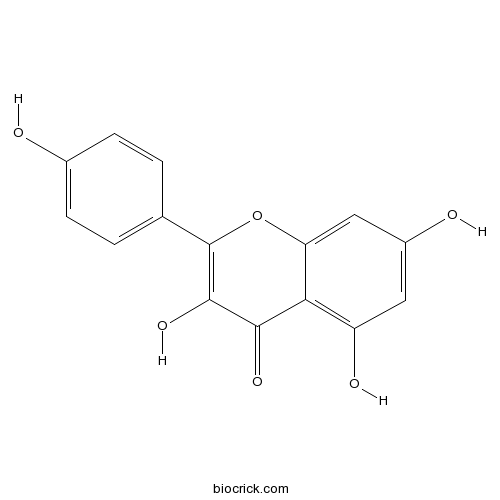
-
BCN8772
Genistein 7-O-beta-D-glucopyranoside-4'-O-[alpha-L-rhamnopyranosyl-(1->2)-beta-D-glucopyranoside]70404-42-1
Instructions
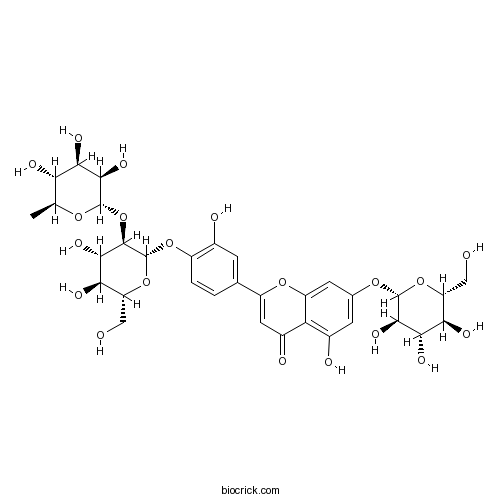
-
BCN1015
Beta-Sitosterol83-46-5
Instructions
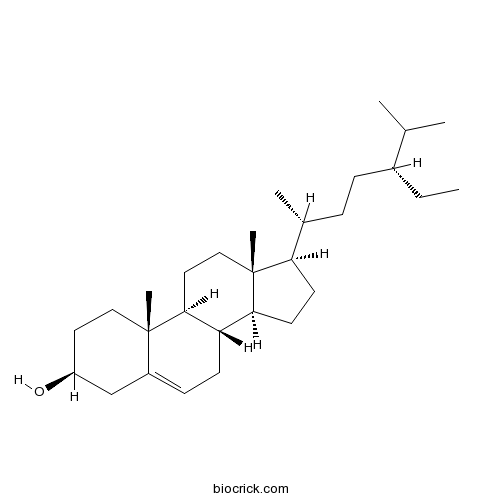
Assembly and comparative analysis of the complete mitochondrial genome sequence of Sophora japonica 'JinhuaiJ2'.[Pubmed: 30114217]
Sophora japonica L. (Faboideae, Leguminosae) is an important traditional Chinese herb with a long history of cultivation. Its flower buds and fruits contain abundant flavonoids, and therefore, the plants are cultivated for the industrial extraction of rutin. Here, we determined the complete nucleotide sequence of the mitochondrial genome of S. japonica 'JinhuaiJ2', the most widely planted variety in Guangxi region of China. The total length of the mtDNA sequence is 484,916 bp, with a GC content of 45.4%. Sophora japonica mtDNA harbors 32 known protein-coding genes, 17 tRNA genes, and three rRNA genes with 17 cis-spliced and five trans-spliced introns disrupting eight protein-coding genes. The gene coding and intron regions, and intergenic spacers account for 7.5%, 5.8% and 86.7% of the genome, respectively. The gene profile of S. japonica mitogenome differs from that of the other Faboideae species by only one or two gene gains or losses. Four of the 17 cis-spliced introns showed distinct length variations in the Faboideae, which could be attributed to the homologous recombination of the short repeats measuring a few bases located precisely at the edges of the putative deletions. This reflects the importance of small repeats in the sequence evolution in Faboideae mitogenomes. Repeated sequences of S. japonica mitogenome are mainly composed of small repeats, with only 20 medium-sized repeats, and one large repeat, adding up to 4% of its mitogenome length. Among the 25 pseudogene fragments detected in the intergenic spacer regions, the two largest ones and their corresponding functional gene copies located in two different sets of medium-sized repeats, point to their origins from homologous recombinations. As we further observed the recombined reads associated with the longest repeats of 2,160 bp with the PacBio long read data set of just 15 × in depth, repeat mediated homologous recombinations may play important role in the mitogenomic evolution of S. japonica. Our study provides insightful knowledge to the genetic background of this important herb species and the mitogenomic evolution in the Faboideae species.
[Transcriptome analysis reveals candidate genes involved in flavonols biosyhthesis in Sophora japonica].[Pubmed: 30111017]
In order to study the pathways of biosynthesis of flavonoids in Sophora japonica, 113 797 unigenes were obtained by Trinity software, with an average length of 803 bp, of which 72 752 unigenes were obtained from the database by high-throughput sequencing, and a total of 38 891 SSR loci were searched. Through the metabolic pathway analysis, we found that there were 135 unigenes involved in the biosynthesis of flavonoids and 959 unigene involved in other secondary metabolic pathways. Further analysis of genes involved in rutin biosynthesis revealed that 24 were associated with CHS, 52 were associated with FLS, and 11 were associated with UFGT. The obtained data of S. japonica transcriptome lays the foundation for studying the pathways of biosynthesis of flavonoids in S. japonica and provides theoretical basis for the formation of the quality of S. japonica.
[Retrieving Dustfall Distribution in Beijing City Based on Ground Spectral Data and Remote Sensing].[Pubmed: 30084625]
Dust-fall distribution of vegetation leaves can indicate the degree of air pollution; therefore the analysis of spatial characteristics of urban vegetation dust-fall has important practical significance for making more effective air pollution control policy. Based on the data of weight of dust, spectral reflectance and leaf area of Euonymus japonicus, Sophora japonica, poplar and davidiana collected in the main area of Beijing city, we compared the curve of spectrum of four plants “dust leaves” to “clean leaves”; the correlation analysis between leaf spectral reflectance ratio (Dust/Clean) of narrow band and satellite band was processed with the weight of dust-fall respectively, with application of four plants leaf data. Then, we built the regression model of the satellite band reflectance and NDVI with dustfall weight respectively, and we used the best model to retrieve the dust-fall distribution of vegetation coverage area in Beijing city, furthermore, we obtained the dust distribution of the whole Beijing city through interpolation. Finally, we carried out the rationality verification of the result by the land cover and land use of the high dust region, as well as the average concentration of PM10. The results showed that, dust leaves had an obviously lower reflectance than clean leaves in 780~1 300 nm which belonged to near-infrared bands; therewas a higher correlation between narrow band reflectance and dust-fall weight in 520~620 and 1 390~1 600 nm, up to -0.626; the coefficients of determination (R2) of inversion models were respectively 0.446 and 0.465,which were constructed by green band and NDVI of Landsat8 with dust-fall weight. Using the model established with NDVI to retrieving the dust-fall distribution of Beijing city, the results demonstrate that the distribution of dust-fall is high in north and low in south, high in east and low in west, high in downtown and low in the suburbs. This study offers a low-cost and effective method for investigating dust-fall distribution in urban area, and provides data support to analysis sources of pollution for the environmental protection department.
Lectin histochemical studies on the olfactory gland and two types of gland in vomeronasal organ of the brown bear.[Pubmed: 30001800]
Olfaction is mediated by the vomeronasal and main olfactory systems, and the peripheral vomeronasal organ (VNO) processes species-specific chemicals that are associated with various behaviors in mammals. Sensory epithelial surfaces of the olfactory mucosa and VNO are covered by mucosal fluid that contains secretory products derived from associated glands, and glycoconjugates in the mucosal fluid are involved in odorant reception. The VNO of brown bears contains two types of glands; submucosal vomeronasal glands (VNG) and multicellular intraepithelial glands (MIG). The present study determined the labelling profiles of 21 lectins in the olfactory glands (OG), VNG and MIG of young male brown bears. The OG reacted with 12 lectins, and the VNG and MIG were positive for seven and eight lectins, respectively. Six lectins bound only to the OG, while four reacted with both or either of the VNG and MIG, but not the OG. The differences of lectin labelling pattern between the OG and glands in the VNO suggest that glycans in covering mucosal fluids differ between the olfactory mucosa and VNO. In addition, Bandeiraea simplicifolia lectin-I, Sophora japonica agglutinin and Jacalin reacted with the MIG but not the VNG, whereas Datura stramonium lectin and concanavalin A bound to the VNG, but not the MIG. These findings indicate that the properties of secretory substances differ between the two types of glands in the bear VNO, and that the various secretions from these two types of glands may function in the lumen of VNO together.
Effect of rutin on cisplatin-induced damage in human mesangial cells via apoptotic pathway.[Pubmed: 29962303]
Cisplatin (CP) is one of the most effective and widely used compounds in the treatment of disease, including cancer, but is known to induce toxicity in patients. Rutin (RUT) is a flavonoid glycoside from Sophora japonica L. that has been shown to possess antioxidative, anti-inflammatory, and antiviral properties. RUT is also known to attenuate cardiotoxicity, isoproterenol-induced cardiac fibrosis, and ischemia/reperfusion-associated hemodynamic alteration, and prevents high glucose-induced renal glomerular endothelial hyperpermeability. In this study, we investigated the effect of RUT on CP-induced nephrotoxicity. CP was used to induce toxicity in human mesangial cells (HMCs), HMCs were pretreated with different concentrations of RUT before being exposed to 10 μg/mL of CP. A positive group was pretreated with antioxidant agent N-acetylcysteine prior to CP administration. At doses between 12.5 and 25 μM, RUT prevented CP-induced reduction in cell viability. Treatment with RUT suppressed intracellular reactive oxygen species and malonic dialdehyde levels and inhibited cell apoptosis. RUT reversed the CP-induced upregulation of p53, cleaved-caspase-3, and increased pro-caspase-3 and pro-caspase-9 levels. In conclusion, the RUT can relieve CP-induced nephrotoxicity by inhibiting the p53/caspase signaling pathway.
Rapid Authentication of Ginkgo biloba Herbal Products Using the Recombinase Polymerase Amplification Assay.[Pubmed: 29789688]
Species adulteration in herbal products (HPs) exposes consumers to health risks. Chemical and morphological methods have their own deficiencies when dealing with the detection of species containing the same active compounds in HPs. In this study, we developed a rapid identification method using the recombinase polymerase amplification (RPA) assay to detect two species, Ginkgo biloba and Sophora japonica (as adulteration), in Ginkgo biloba HPs. Among 36 Ginkgo biloba HP samples, 34 were found to have Ginkgo biloba sequences, and 9 were found to have Sophora japonica sequences. During the authentication process, the RPA-LFS assay showed a higher specificity, sensitivity and efficiency than PCR-based methods. We initially applied the RPA-LSF technique to detect plant species in HPs, demonstrating that this assay can be developed into an efficient tool for the rapid on-site authentication of plant species in Ginkgo biloba HPs.
Hepatoprotective Effects of Sophoricoside against Fructose-Induced Liver Injury via Regulating Lipid Metabolism, Oxidation, and Inflammation in Mice.[Pubmed: 29350757]
The dried fruit of Sophora japonica L. is a traditional Chinese herb tea rich in sophoricoside that is an isoflavone glycoside. The aim of current study was to investigate the hepatic protective effect of sophoricoside in high fructose (HF) diet fed mice. Healthy male mice were fed 30% fructose water and treated 80 and 160 mg/kg·bw sophoricoside continuously for 8 wk. Our data showed that administration of sophoricoside at 80 and 160 mg/kg·bw observably decreased the body weight and liver weight in HF-fed mice. It was found that the treatment of sophoricoside decreased the hepatic cholesterol and triglyceride levels, and serum low-density lipoprotein-cholesterol and apolipoprotein-B levels, and elevated the serum high-density lipoprotein-cholesterol and apolipoprotein-A1 levels. Moreover, the administration of sophoricoside decreased the HF-caused elevations of hepatic malonaldehyde, interleukin-1 and tumor necrosis factor-α levels, while increased the HF-induced decreases of hepatic superoxide dismutase and glutathione peroxidase activities. Meanwhile, serum aspartate aminotransferase, alanine aminotransferase, and alkaline phosphatase activities were reduced by treatment of sophoricoside in HF-fed mice. Histopathology of hematoxylin and eosin (H&E) and oil red O staining of liver tissues also confirmed the beneficial effects of sophoricoside against liver injury induced by HF-diet in mice. These findings indicated that sophoricoside may be a novel natural isoflavone for alleviating HF-induced liver injury.
Clinical significance of GalNAcylated glycans in cholangiocarcinoma: Values for diagnosis and prognosis.[Pubmed: 29217428]
Cancer cells exhibited the aberrant cancer-associated glycans that are potential biomarkers for diagnosis and monitoring of the cancer. In this study, Sophora japonica agglutinin (SJA) was used to detect SJA-specific N-acetylgalactosamine-associated glycans (SNAG) in liver tissues and sera from cholangiocarcinoma (CCA) patients. Whether SNAG could be the diagnostic and prognostic markers for CCA was evaluated. SJA-histochemistry revealed that SNAG was undetec2 in normal bile ducts but was highly expressed in hyperplastic/dysplastic bile ducts and CCA. SNAG was negative in hepatocytes and hepatoma tissues indicating SNAG as a differential marker of CCA and hepatoma. SJA-histochemistry of CCA hamster tissues revealed the involvement of SNAG in the early pathogenesis of bile duct epithelia and CCA development. A SJA-based ELISA was successfully developed to determine SNAG in serum. Serum-SNAG from CCA patients was significantly higher than those of non-CCA control groups with the diagnostic values of 59.5% sensitivity and 73.6% specificity, comparable to those of serum CA19-9. High levels of serum SNAG (≥69AU/ml) indicated poor survival of CCA patients. Taken together, SNAG was first demonstrated here to be a glycobiomarker for diagnosis and prognosis of CCA. Association of SNAG with pathogenesis of bile ducts and CCA development were suggested. (198).


